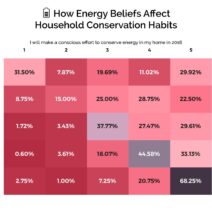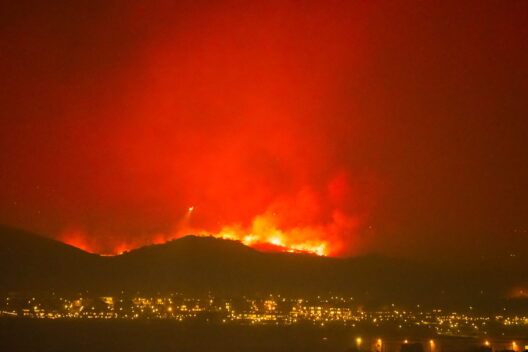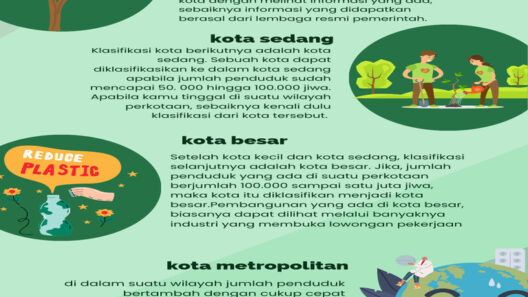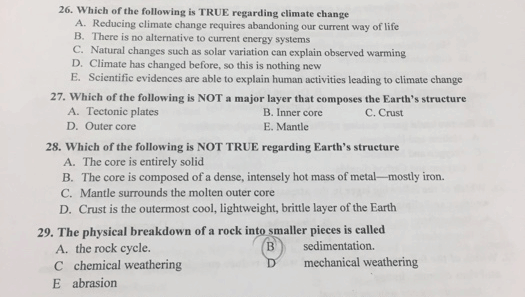The convergence of agriculture and climate change represents a pivotal narrative in contemporary environmental discourse. As the global populace swells alongside an urgency for heightened food production, the agricultural sector is increasingly under scrutiny for its role in exacerbating planetary warming. The intricate interdependence between farming practices and carbon emissions necessitates an in-depth exploration of how the journey from farm to furnace essentially stokes the flames of climate change.
To elucidate this relationship, it is crucial to first dissect the agricultural sector’s contributions to greenhouse gas (GHG) emissions. Agriculture accounts for nearly a quarter of total anthropogenic GHG emissions. Predominantly, emissions stem from three principal activities: livestock production, rice cultivation, and the use of fertilizers. Livestock alone is responsible for approximately 14.5% of all GHG emissions, primarily through methane—a gas far more effective at capturing heat than carbon dioxide in the short term.
Moreover, the production of rice, particularly in flooded paddies, emits significant amounts of methane as well. The anaerobic conditions in such settings promote the metabolic activities of methanogenic microorganisms, releasing substantial quantities of this potent greenhouse gas. In parallel, synthetic fertilizers, which provide essential nutrients to crops, contribute to nitrous oxide emissions—another powerful GHG—when they interact with soil microbes. This dual dynamic unveils agriculture not only as a means of food production but also as a contributing factor to the spiraling climate crisis.
In addition to direct emissions from farming practices, agriculture indirectly fuels climate change through deforestation. Expanding farmland often necessitates the clearing of forests—vital carbon sinks. This deforestation disrupts local ecosystems, contributing to biodiversity loss while simultaneously diminishing the Earth’s capacity to sequester carbon. As trees are felled and burned, the stored carbon is released into the atmosphere, further amplifying the greenhouse effect. The loss of mature forests and trees is an environmental dilemma that extends far beyond local ecosystems, creating far-reaching climatic ramifications.
The mechanization of agriculture further compounds its environmental footprint. The use of fossil-fuel-powered machinery not only contributes to carbon emissions but also increases fossil fuel dependency. This mechanization, coupled with the heavy reliance on industrial farming practices, has led to soil degradation and erosion, diminishing the land’s ability to retain nutrients and water. As soil health declines, farmers often resort to increased chemical usage, creating a vicious cycle that further deteriorates both soil and atmospheric conditions.
Transitioning to more sustainable agricultural practices is paramount in mitigating these negative impacts. Practices such as agroecology, organic farming, and agroforestry offer promising alternatives. Agroecology emphasizes the interrelationship between crops and local ecosystems, reducing the reliance on chemical inputs while promoting biodiversity. Organic farming avoids synthetic fertilizers and pesticides, opting for naturally derived solutions that enhance soil health without the detrimental side effects associated with chemicals.
Agroforestry, which integrates trees and shrubs into agricultural landscapes, is another method aimed at sequestering carbon while producing food. These practices not only improve soil quality but also enhance resilience against climate variability, allowing farmers to adapt to changing conditions while contributing to carbon mitigation efforts. A shift towards these sustainable practices represents a vital pathway to harmonizing agricultural productivity with environmental stewardship.
Consumer behavior plays a critical role in shaping agricultural practices and their environmental repercussions. The burgeoning demand for meat and dairy necessitates heightened livestock production, perpetuating the cycle of emissions. A transition toward plant-based diets is increasingly advocated as a significant means of reducing the agricultural sector’s carbon footprint. By decreasing the reliance on animal agriculture, we simultaneously diminish methane and nitrous oxide emissions, contributing to a reduction in overall GHG output.
Additionally, increased awareness and education surrounding food choices empower consumers to choose sustainably sourced products. Supporting local farms that utilize regenerative practices not only fosters food security but also promotes ecological resilience. The local food movement, with its emphasis on reducing “food miles,” further aids in minimizing the carbon footprint associated with transportation and distribution.
Policy initiatives must also align with the urgency of this crisis. Governments and organizations have the capacity to incentivize sustainable farming practices through subsidies and grants that support farmers shifting to lower-impact methods. Implementing regulations to curb deforestation and promote reforestation initiatives can significantly contribute to carbon sequestration efforts. Furthermore, the integration of climate-resilient crops into existing agricultural systems can bolster food security while simultaneously addressing the challenges of climate change.
The road from farm to furnace highlights the intricate connections between agricultural practices and climate dynamics. The severity of the situation demands decisive action at multiple levels—from local producers to global policymakers. By recognizing and addressing the environmental consequences of our food systems, we can steer the trajectory towards a more sustainable future. The challenge is formidable, yet the potential for impact is equally significant. Through collective commitment to sustainable practices, informed consumer choices, and robust policies, we can mitigate the warming effects of agriculture on our planet and forge a path toward ecological equilibrium.








